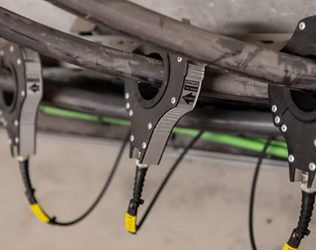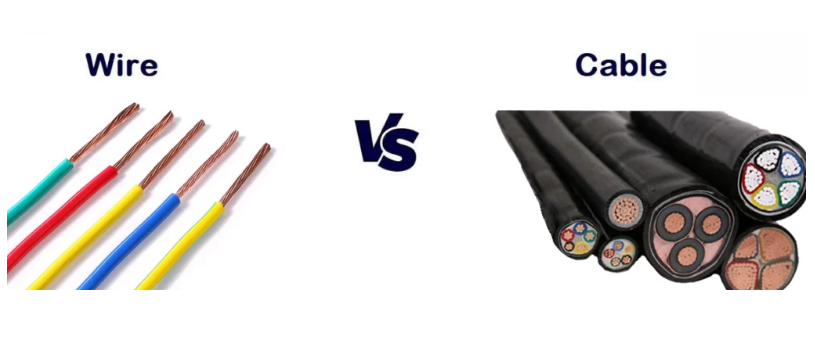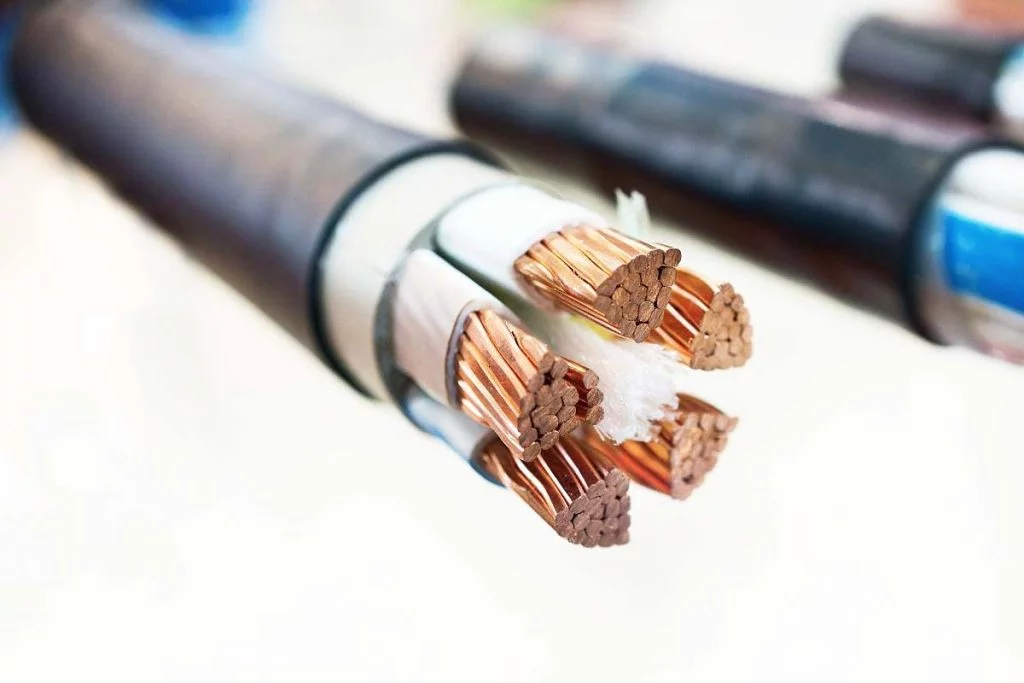Abstract: I/P E/P transducers and electrical proportional valves are two common types of electronically controlled gas pressure regulators. Although their basic functions are the same and they are both electronic pressure-reducing valves, the technologies, functions, and indicators used are different. This article introduces these two types of electronic pressure regulators in detail and makes a comparison to provide a reference for selection and specific applications.
I. Overview
From the first principle point of view, both devices, electrical converters, and electrical proportional valves, are electronically controlled gas pressure-reducing valves, which automatically reduce and adjust the input gas pressure through electrical signals.

2. Basic concepts
2.1 Electrical I/P E/P Transducer converter
Electrical I/P E/P converter (Electro-Pneumatic Transducers) has many names at home and abroad. The most commonly used terms are:
(1) Current/pressure converter (I/P Transducer or I/P Converter).
(2) Voltage/pressure converter (E/P Transducer or E/P Converter).
(3) Electronic Pressure Regulator
The above terms are easy to understand, where “I” stands for current, “E” stands for voltage, and “P” stands for pneumatic pressure. As typical electronic gas pressure-reducing devices, as the name implies, these devices decompress and regulate the higher pressure inlet air through current (usually 4~20mA) or voltage (usually 0~5VDC or 0~10VDC). Therefore, an I/P is an electronic device that converts electrical current into a known output pressure, while an E/P is an electronic device that converts voltage into a known output pressure. An important feature of electrical converters is that they are proportional, that is, as the current or voltage increases, the reduced output pressure also increases accordingly.
A typical electrical converter and its internal structure are shown in Figure 1. The basic principle of an electrical converter is to operate by a magnetic coil (similar to a speaker coil) creating an imbalance of forces on a guide diaphragm. Other than the coil, there are no electronic components to control the pressure output. As can be seen in Figure 1, the electrical converter is a simple force mechanical balance with adjustable zero and span spring biases. Operators are carefully trained to adjust the zero and span screws to obtain the required accuracy and repeatability.

A second flow boosting stage is often included in an electrical converter, which uses a force-balanced diaphragm and valve seat to produce a higher flow rate at the outlet than the first stage valve.
Electrical Converter As a traditional electronic pressure regulating device, these pressure regulators work quite well if properly maintained and calibrated frequently. In fact, since the 1950s, electrical converters have been the basis of pneumatic control, working with countless control valves and cylinders in factories worldwide.
2.2 Electric proportional valve (servo or solenoid valve mechanism)
The electric proportional valve is a commonly used term in China. Similarly, an electric proportional valve also has the following titles:
(1) Electronic Proportional Regulator/Valve (Electronic Proportional Regulator)
(2) Electric regulator/electro-pneumatic proportional valve (Electro-Pneumatic Regulator)
(3) Proportional Pressure Regulator/Valve
(4) Proportional Pressure Control Valve
(5) Electronic Pressure Controller The fastest growing type of electronic pressure regulator over the past decade or so is the electrical proportional valve designed in the form of a servo valve, which uses two high-speed servos or solenoid valves to increase or decrease gas pressure as needed to achieve reduced pressure. These electronic pressure regulators offer higher pressures and greater flexibility and robustness than previous electrical converter technologies. A typical electrical proportional valve and its working principle are shown in Figure 2.

The basic working principle of the electrical proportional valve is a typical gas dynamic balance method, that is, by using an inlet valve and an exhaust valve to maintain a dynamic balance of the internal pressure so that the outlet pressure is maintained at the required set value. A pressure sensor monitors the output pressure, and a digital or analog controller regulates the rapid opening and closing of a servo valve (solenoid valve) to control the set point pressure.
Structurally, the electrical proportional valve is a complete closed-loop control valve, including two high-speed solenoid valves, a base, an integral pressure sensor and an electronic PID control circuit. Two high-speed solenoid valves control air intake and air outlet respectively. The control of the intake valve is proportional to the pressure signal supplied by the electronic circuit. A built-in pressure sensor measures the output pressure and provides a feedback signal to the PID control circuit. The feedback signal is compared to the pressure control set point and when there is a difference, one of the valves is opened. If the pressure required by the system is to be reached, the inlet valve is actuated, proportionally eliminating the difference in the comparison signal.
Typical electrical proportional valves typically require DC power and an analog signal representing a pressure set point to operate. The controller usually accepts current (4~20mA) or voltage (usually 0~10 or 0~5VDC) input signals. In addition to common analog signal standards, models with digital circuitry can also accept serial communication (such as RS-485 or Device Net). Most electrical proportional valves also provide an analog signal output that represents the pressure sensor. Some models of electrical proportional valves also include a small bleed valve (which vents a small amount of gas to the atmosphere) for use in very low or no-flow situations.
3. Comparison of features
It can be seen from the above basic concepts that the basic functions of electrical converters and electrical proportional valves are the same. They are both used to reduce pressure and control pressure. They are electronic pressure-reducing valves, but the technologies, functions, and indicators are different. Same. Table 1 provides a more detailed comparison of these two types of pressure-regulating valves.

4. Conclusion
It can be seen from the above comparison that the electrical proportional valve uses newer technology and has better performance than the traditional electrical converter. The electrical proportional valve is rapidly upgrading and replacing the electrical converter, especially with the introduction of the electrical proportional valve The price has gradually decreased and it has gradually become the main product in the field of electrical pressure control.
In addition, because the electrical proportional valve has a built-in pressure sensor and PID controller, it provides an extremely rich range of expanded applications for many pressure control applications. That is, the use of electrical proportional valves can be easily combined with other physical quantities (such as temperature, displacement, output, etc.) The detection and control form a more complex cascade control loop to achieve precision control functions in more industrial applications.






